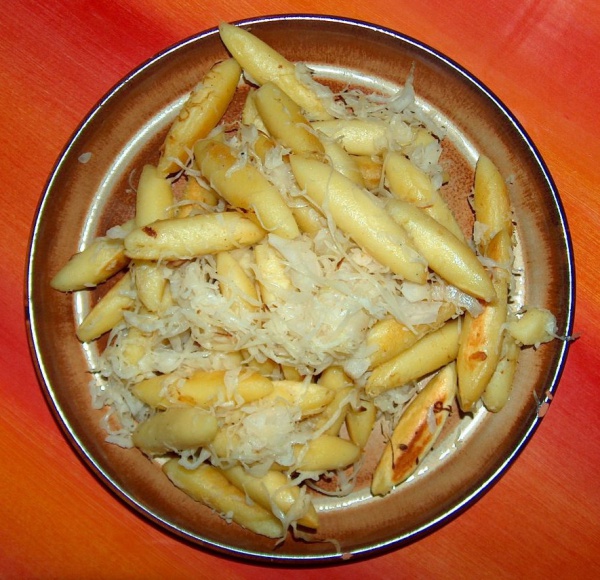Facts About Schupfnudel
Schupfnudel, often referred to as Fingernudel, is a delectable type of dumpling or thick noodle that is a staple in southern German and Austrian cuisine. These savory morsels resemble Central European kopytka and can be crafted using rye or wheat flour, eggs, and occasionally potatoes. Traditionally hand-formed into an oval shape, Schupfnudel can be enjoyed in both savory dishes, such as those paired with sauerkraut, and sweet recipes.
The history of Schupfnudeln dates back to the Thirty Years' War when soldiers made them using only flour and water. Following the introduction of potatoes to Europe in the 17th century, the recipe evolved to incorporate this new ingredient. Across Germany, Schupfnudeln are known by various regional names including Baunzen, Bubenspitzle, Fingernudeln, Dradewixpfeiferl, and others.
The preparation of Schupfnudeln varies depending on the region, and there's often some debate about what constitutes the "authentic" recipe. The dough might contain rye flour, mashed potatoes, wheat flour, and eggs. Once prepared, the dough is rolled into shape, cooked in salted water or fried, and served with various accompaniments such as sage butter, sauerkraut, or poppy seeds.
In Baden and Swabia, Schupfnudeln are typically pan-fried with bacon bits and sauerkraut. In Swabia, they are also served with cold fruit. This versatile dish can be enjoyed as either a side or a main course and is a popular feature at public wine festivals in the region. Whether you prefer them savory or sweet, Schupfnudeln are a delightful element of southern German and Austrian culinary traditions.

 Slovakia
Slovakia